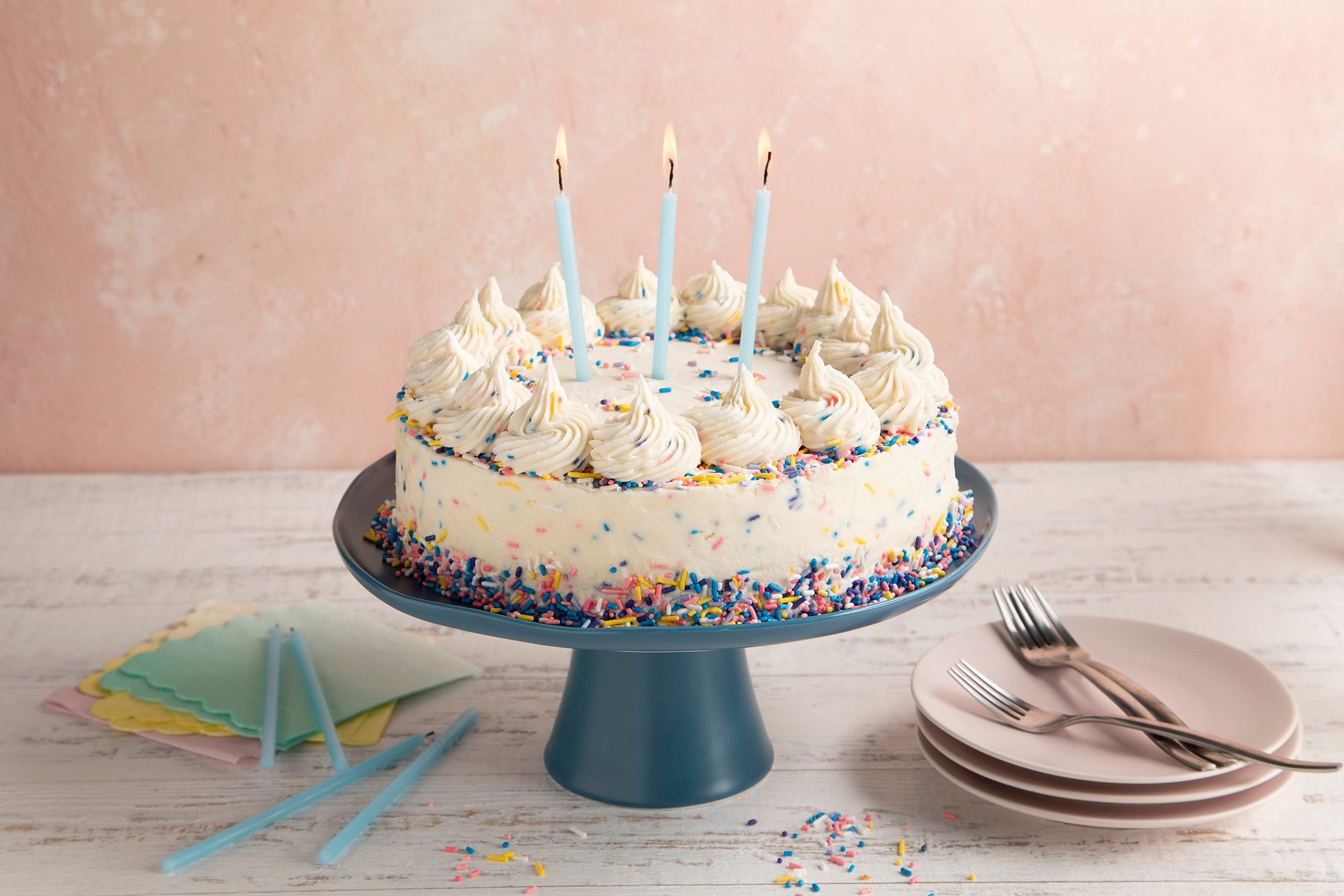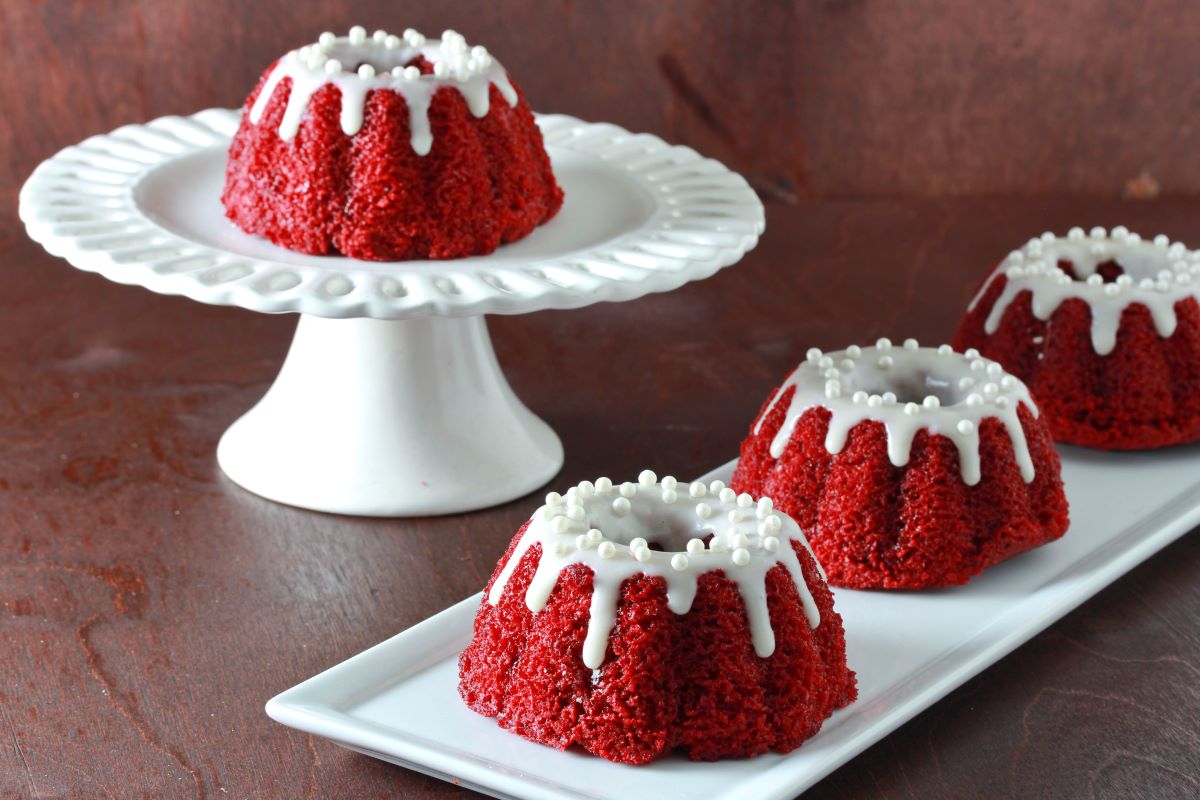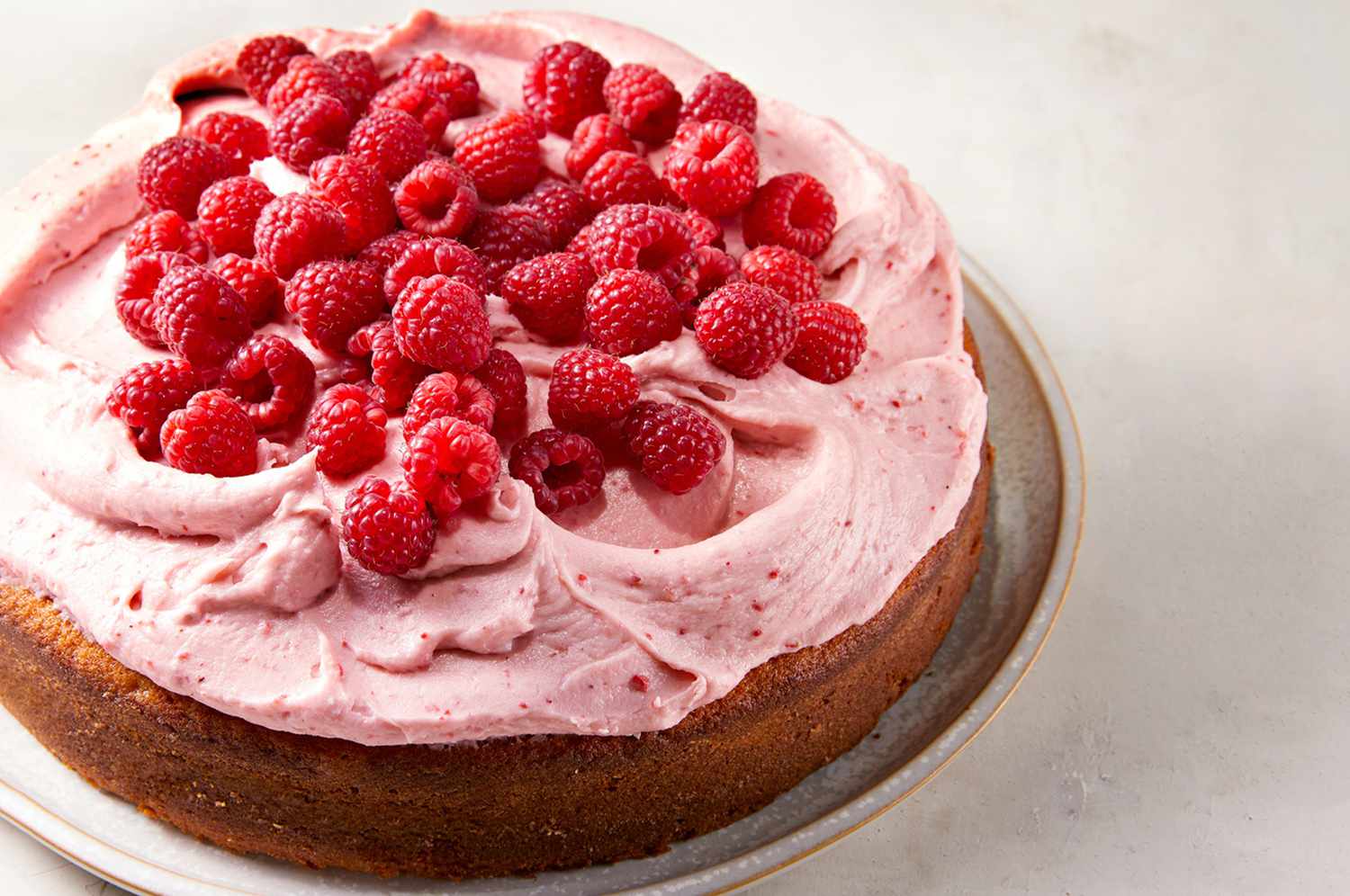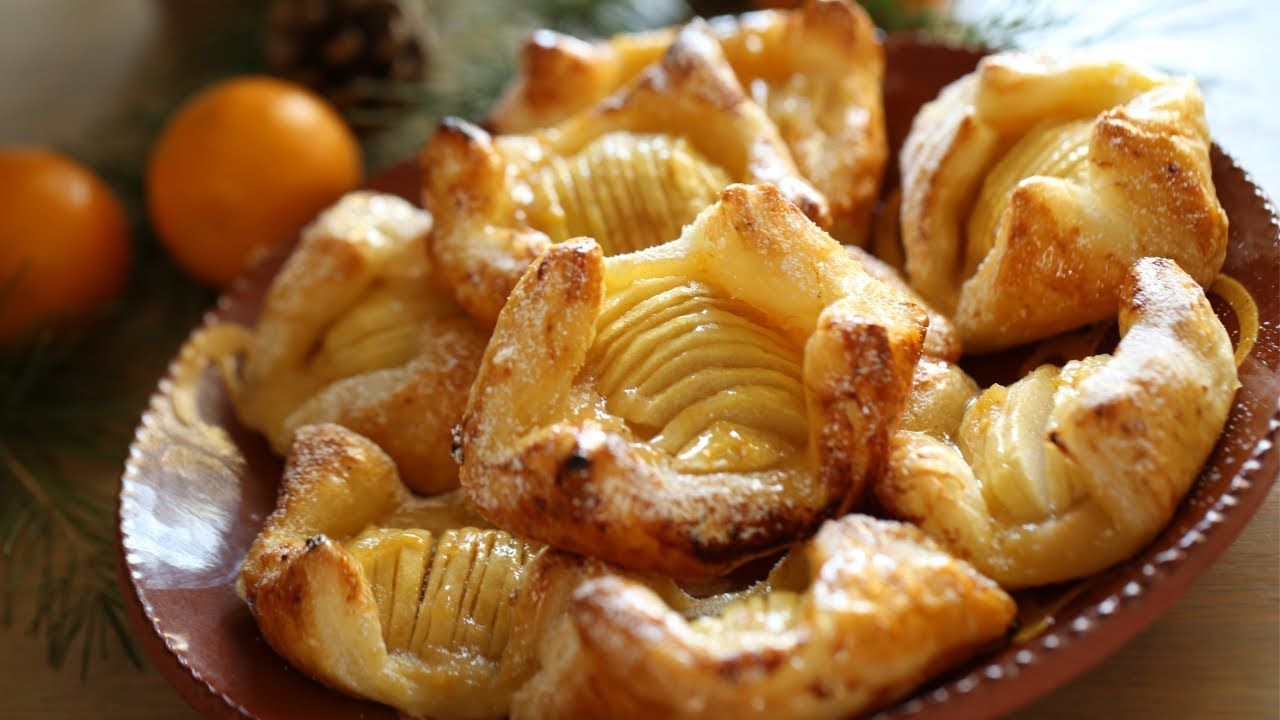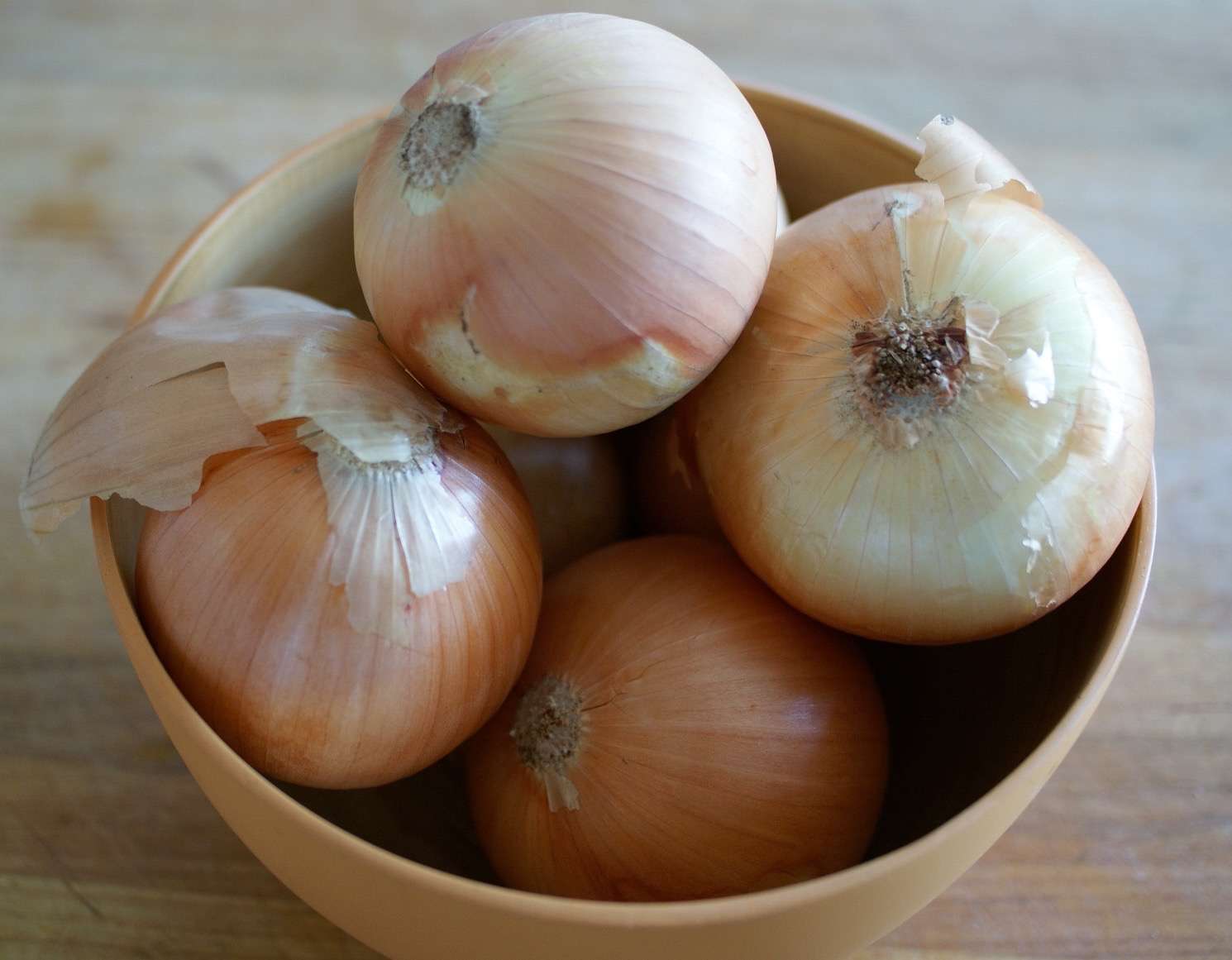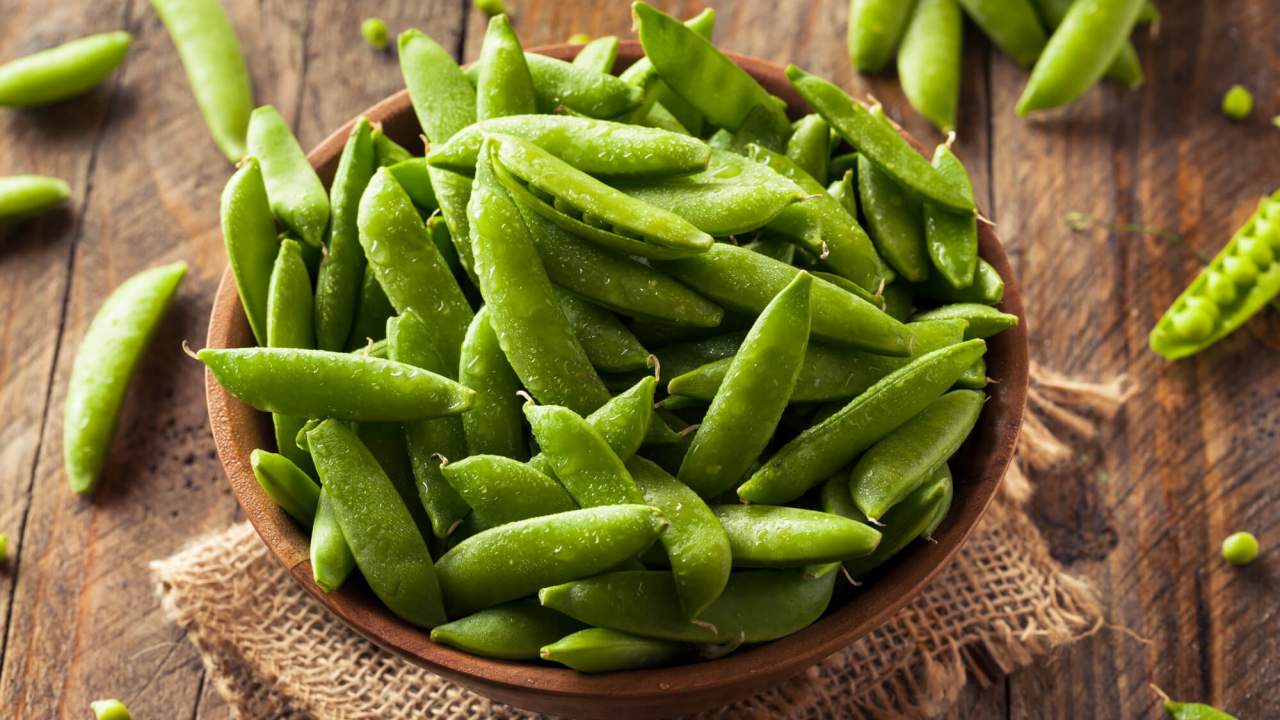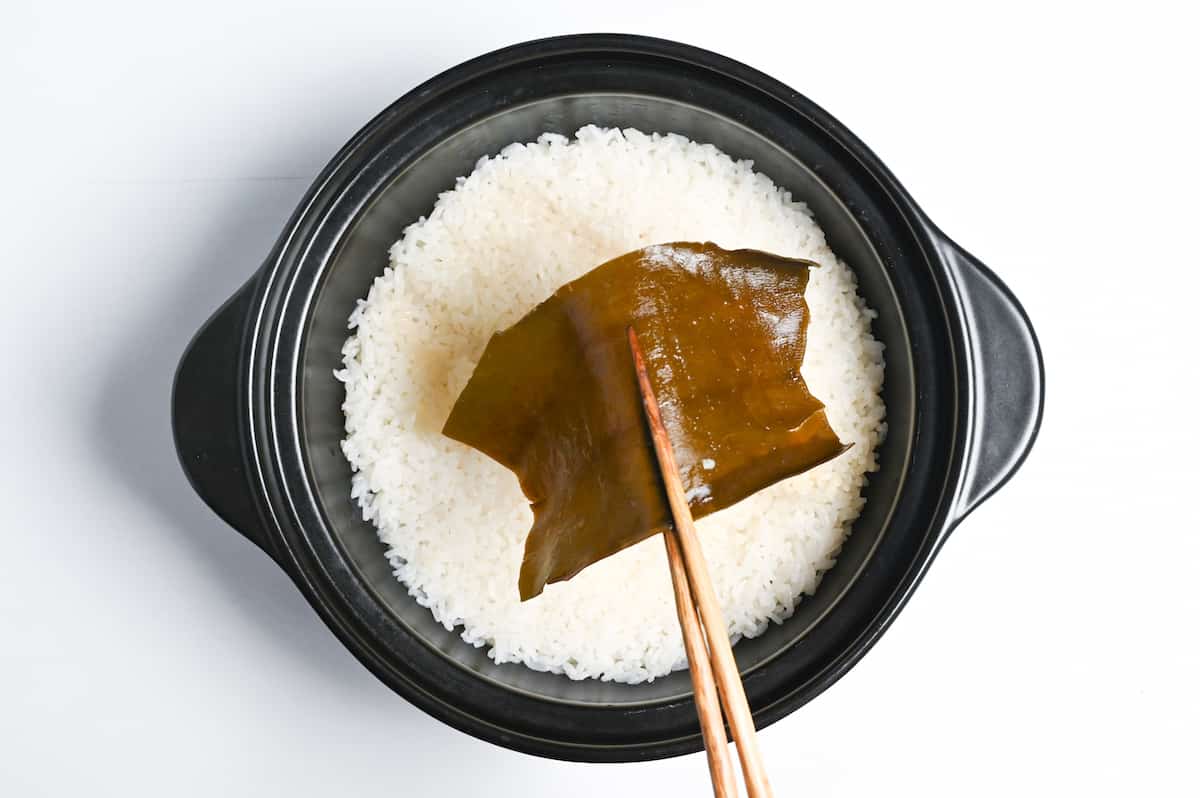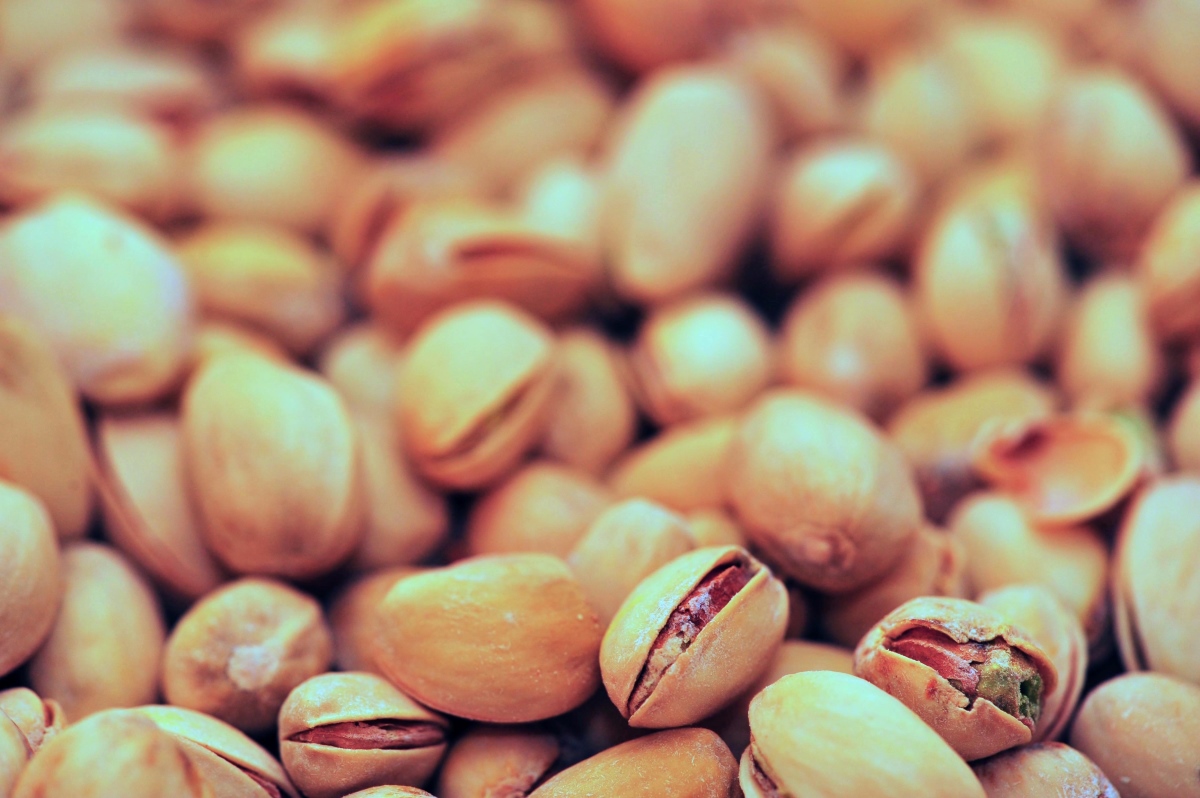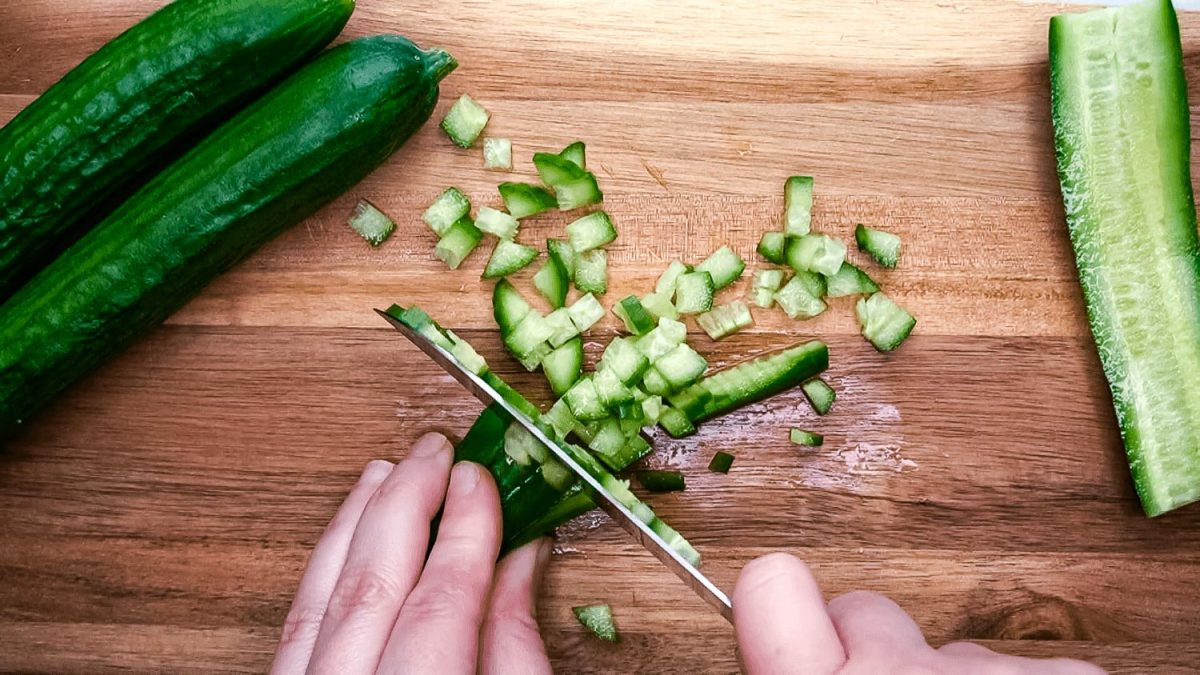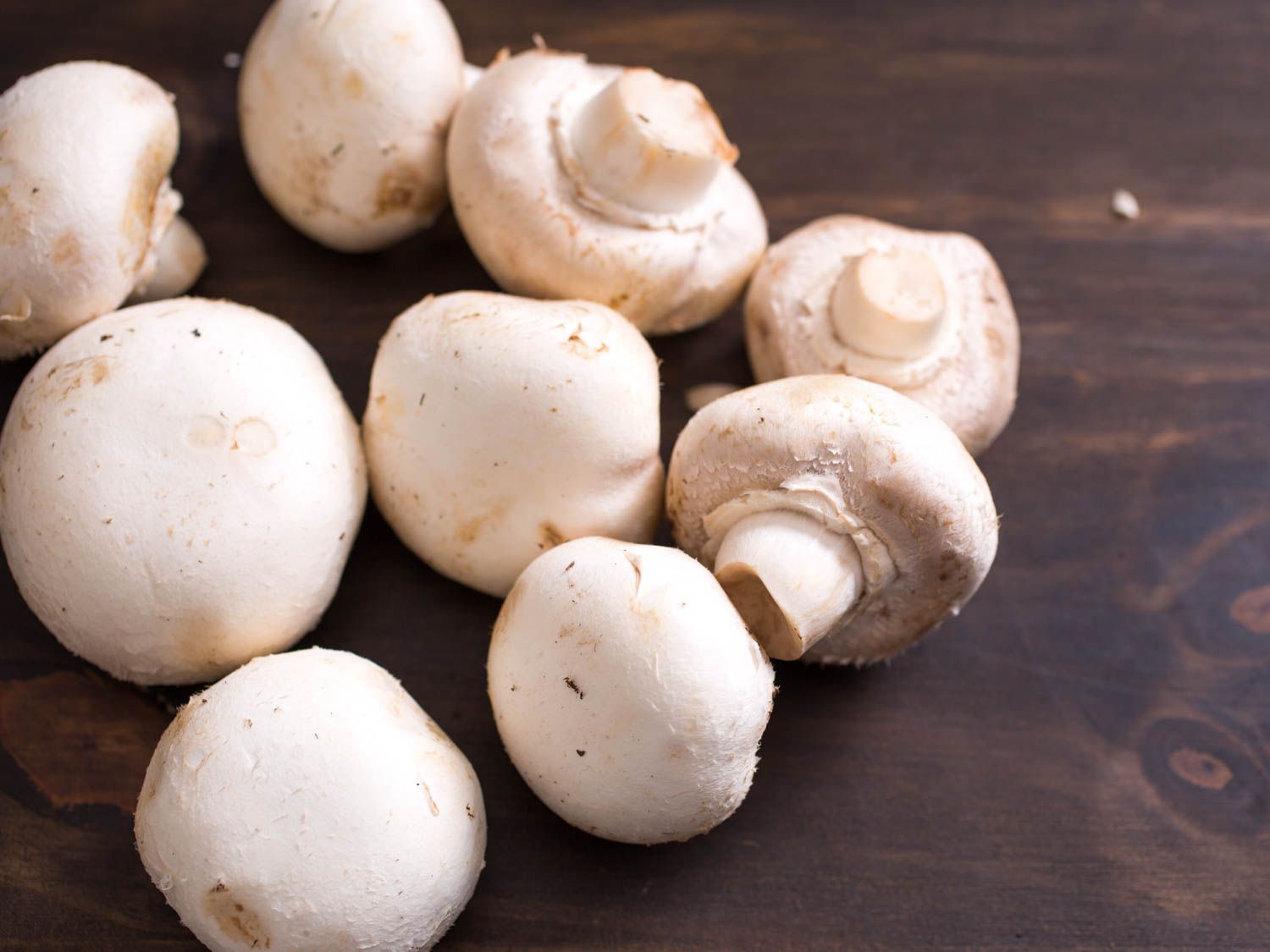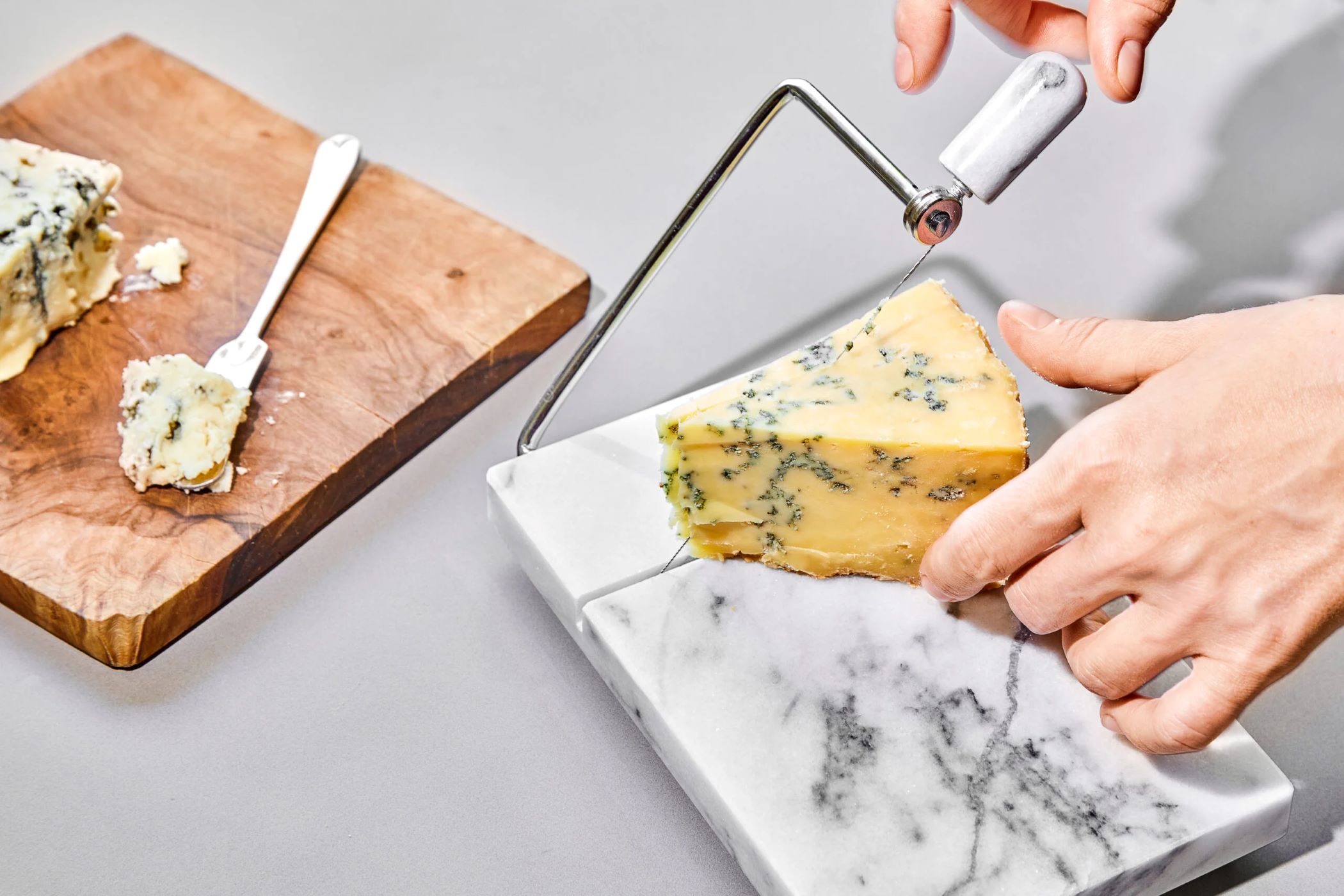Edible landscaping blends beauty with practicality, transforming your yard into a feast for the eyes and the table. Imagine strolling through a garden where flowers, fruits, and vegetables coexist harmoniously. This approach not only enhances your outdoor space but also provides fresh, homegrown produce. Whether you have a sprawling backyard or a small balcony, edible landscaping can fit any space. With a bit of planning, you can create a garden that looks stunning and offers a bounty of delicious, nutritious food. Ready to dig in? Let’s explore how to master this rewarding gardening technique.
Essential Ingredients for Your Edible Landscape
Mastering the Art of Edible Landscaping
-
Fruit Trees
- Apple
- Pear
- Cherry
- Peach
-
Berry Bushes
- Blueberry
- Raspberry
- Blackberry
- Gooseberry
-
Vegetables
- Tomatoes
- Peppers
- Carrots
- Lettuce
-
Herbs
- Basil
- Rosemary
- Thyme
- Mint
-
Edible Flowers
- Nasturtium
- Calendula
- Pansies
- Borage
-
Vines
- Grapes
- Kiwi
- Passionfruit
- Hops
-
Ground Covers
- Strawberries
- Creeping Thyme
- Oregano
- Chamomile
Tools You Will Need for Edible Landscaping
Tools Needed for Mastering the Art of Edible Landscaping
-
Garden Fork
- Loosens soil
- Helps with planting
-
Pruning Shears
- Trims plants
- Removes dead branches
-
Garden Trowel
- Digs small holes
- Transplants seedlings
-
Watering Can
- Waters plants gently
- Reaches tight spots
-
Wheelbarrow
- Transports soil
- Moves heavy items
-
Garden Gloves
- Protects hands
- Provides better grip
-
Compost Bin
- Recycles organic waste
- Creates nutrient-rich compost
-
Garden Hose
- Waters large areas
- Connects to sprinklers
-
Soil pH Tester
- Measures soil acidity
- Ensures optimal plant growth
-
Mulching Material
- Retains moisture
- Suppresses weeds
-
Garden Rake
- Levels soil
- Collects debris
-
Plant Markers
- Labels plants
- Keeps garden organized
-
Shovel
- Digs large holes
- Moves soil
-
Garden Kneeler
- Provides comfort
- Reduces strain on knees
-
Plant Supports
- Supports growing plants
- Prevents damage
-
Seed Starter Trays
- Germinates seeds
- Organizes seedlings
-
Fertilizer Spreader
- Distributes fertilizer evenly
- Enhances soil nutrients
-
Garden Netting
- Protects plants from pests
- Supports climbing plants
Combine beauty and function by planting edible flowers, herbs, and vegetables. Use raised beds or containers to maximize space. Regularly prune and harvest to keep plants healthy and productive.
The Importance of Edible Landscaping
Edible landscaping combines beauty and functionality in your garden. By growing fruits, vegetables, and herbs alongside ornamental plants, you create a sustainable, eco-friendly space. This approach reduces grocery bills, promotes healthier eating, and supports biodiversity. Plus, it transforms your yard into a vibrant, productive oasis.
Step-by-Step Guide to Mastering the Art of Edible Landscaping
Mastering the Art of Edible Landscaping
-
Planning Your Space
- Assess Sunlight: Identify areas with full sun, partial shade, or full shade.
- Soil Testing: Test soil pH and nutrient levels.
- Water Access: Ensure easy access to water sources.
- Layout Design: Sketch a layout including paths, beds, and focal points.
-
Choosing Plants
- Climate Compatibility: Select plants suited to your climate zone.
- Seasonal Variety: Choose plants that provide year-round interest.
- Companion Planting: Pair plants that benefit each other.
- Diversity: Include a mix of fruits, vegetables, herbs, and flowers.
-
Preparing the Soil
- Weed Removal: Clear existing weeds and debris.
- Soil Amendment: Add compost or organic matter.
- Tilling: Loosen soil to improve aeration and drainage.
- Mulching: Apply mulch to retain moisture and suppress weeds.
-
Planting
- Seed Starting: Start seeds indoors if necessary.
- Transplanting: Move seedlings to the garden when ready.
- Spacing: Follow recommended spacing for each plant.
- Watering: Water thoroughly after planting.
-
Maintenance
- Watering Schedule: Establish a consistent watering routine.
- Pruning: Regularly prune to encourage growth and remove dead parts.
- Fertilizing: Apply organic fertilizers as needed.
- Pest Control: Use natural pest control methods like neem oil or beneficial insects.
-
Harvesting
- Timing: Harvest at peak ripeness for best flavor.
- Tools: Use clean, sharp tools to avoid damaging plants.
- Storage: Store harvested produce properly to extend freshness.
- Succession Planting: Plant new crops as you harvest to maintain productivity.
-
Aesthetic Enhancements
- Pathways: Create attractive pathways using gravel, wood chips, or stepping stones.
- Focal Points: Add features like trellises, arbors, or garden art.
- Color Coordination: Plan for a harmonious color scheme.
- Vertical Gardening: Use vertical space with hanging baskets or wall planters.
-
Sustainability Practices
- Composting: Compost kitchen scraps and garden waste.
- Rainwater Harvesting: Collect rainwater for irrigation.
- Native Plants: Incorporate native plants to support local wildlife.
- Organic Methods: Avoid synthetic chemicals and use organic gardening practices.
-
Community Involvement
- Workshops: Attend or host gardening workshops.
- Seed Swaps: Participate in local seed exchanges.
- Volunteering: Volunteer at community gardens.
- Sharing Produce: Share excess produce with neighbors or food banks.
-
Continuous Learning
- Gardening Books: Read books on edible landscaping.
- Online Resources: Follow gardening blogs and forums.
- Experimentation: Try new plants and techniques.
- Observation: Regularly observe and adapt to changes in your garden.
Crafting Your Edible Paradise
Edible landscaping merges the practical with the beautiful, transforming gardens into dual-purpose spaces that nourish both body and soul. By integrating fruits, vegetables, herbs, and edible flowers into your garden design, you create a living space that's not only aesthetically pleasing but also provides fresh, organic produce right at your doorstep. This approach encourages a sustainable lifestyle, reducing reliance on store-bought goods and fostering a deeper connection with nature. Whether you're a seasoned gardener or a green-thumb-in-training, the journey towards creating your edible paradise is both rewarding and enjoyable. Remember, every plant you choose to nurture adds a unique touch to your garden's tapestry, making it a true reflection of your personal taste and commitment to Earth-friendly practices. So, grab your gardening tools and let your creativity bloom as you craft a landscape that feeds both your spirit and your plate.
Common Questions About Edible Landscaping
What is edible landscaping?
Edible landscaping combines ornamental plants with edible ones. You get a beautiful garden that also provides fruits, vegetables, and herbs.
Can I grow edible plants in a small space?
Absolutely! Use containers, vertical gardens, or hanging baskets. Even a small balcony can host a variety of edible plants.
What are some easy edible plants for beginners?
Start with herbs like basil, mint, and parsley. Tomatoes, lettuce, and strawberries are also great for beginners.
How do I keep my edible garden pest-free?
Use natural methods like companion planting. For example, plant marigolds to deter pests. Neem oil and insecticidal soap are also effective.
Do edible plants need special soil?
Most edible plants thrive in well-draining soil rich in organic matter. Adding compost can improve soil quality.
How often should I water my edible garden?
Watering needs vary, but most edible plants prefer consistent moisture. Check the soil; if it feels dry an inch down, it’s time to water.
Can I mix edible plants with flowers?
Definitely! Edible plants like kale, chard, and nasturtiums look great with flowers. This mix can also attract pollinators to your garden.
